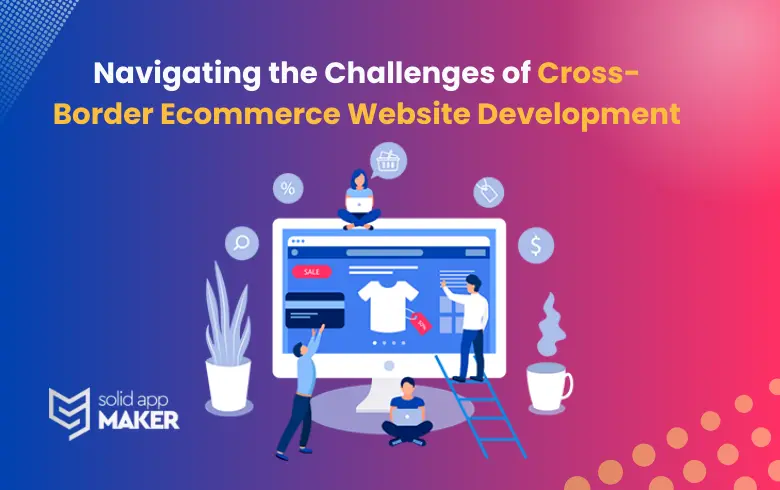In today’s globalized economy, cross-border ecommerce is a thriving opportunity for businesses looking to expand their reach and tap into international markets. However, developing a cross-border ecommerce website comes with its own set of unique challenges.
In this blog post, we’ll explore these challenges and provide actionable insights to help you succeed in the world of international online sales.
Understanding Cross-Border Ecommerce
Define Cross-Border Ecommerce: Cross-border ecommerce involves selling products or services to customers in different countries, often requiring the use of multiple currencies, languages, and compliance with various legal regulations.
Significance: With the growth of cross-border ecommerce, businesses can reach a broader audience and tap into new revenue streams.
Market Research and Localization
Thorough Market Research: Before expanding, conduct extensive market research to understand the preferences, behaviors, and needs of your target audience in different countries.
Localization is Key: Localization goes beyond language. It involves adapting your website to align with cultural norms, preferences, and legal requirements.
Payment Gateway Integration
Challenges in Payment Processing: Cross-border transactions often face challenges such as currency conversion, different payment methods, and fluctuating exchange rates.
International Payment Gateways: Explore options like PayPal, Stripe, or local payment gateways to cater to your global customer base.
Security Measures: Implement robust security measures to protect customer payment data during cross-border transactions.
Shipping and Logistics
International Shipping Challenges: Overcome customs and import/export regulations, shipping costs, and varying delivery times.
Efficient Logistics: Consider partnerships with international carriers and establish local fulfillment centers for faster, cost-effective shipping.
Currency Conversion and Pricing
Complexities of Currency Conversion: Currency conversion rates can fluctuate, affecting your pricing structure. Implement real-time exchange rate calculations to provide accurate prices.
Dynamic Pricing: Set up dynamic pricing strategies that adjust based on the customer’s local currency and taxes.
Multilingual Content and User Experience
User-Friendly Interface: Ensure your website offers a seamless, user-friendly experience for customers worldwide.
Multilingual Content: Offer content in multiple languages but also consider cultural nuances in design and content presentation.
Compliance and Legal Considerations
Legal Aspects: Navigate data protection regulations international consumer protection laws, and ensure your terms and conditions are comprehensive.
Performance Optimization
Website Performance Issues: Optimize your website for speed and performance to cater to a global audience.
Content Delivery Networks: Leverage CDNs and strategically locate servers to improve load times.
Security and Fraud Prevention
Security Challenges: Address security concerns, protecting both customer data and your business from fraudulent activities.
Cybersecurity Standards: Comply with international cybersecurity standards to reassure customers of their data safety.
Customer Support and Communication
Responsive Customer Support: Offer prompt and reliable customer support, considering different time zones.
Effective Communication: Provide various communication channels and consider language barriers and cultural differences in your support approach.
Final Thoughts
In the world of cross-border ecommerce, challenges are abundant, but with the right approach, they can be overcome. By conducting thorough market research, addressing localization, implementing secure payment gateways, optimizing logistics, and ensuring top-tier performance and security, your business can thrive in international markets. Remember, success in cross-border ecommerce is not just about expanding your reach; it’s about delivering an exceptional experience to your global customers.
So, are you ready to take your business global? We can help you navigate the complexities of cross-border ecommerce website development. Reach out to us today to discuss your project’s needs.

